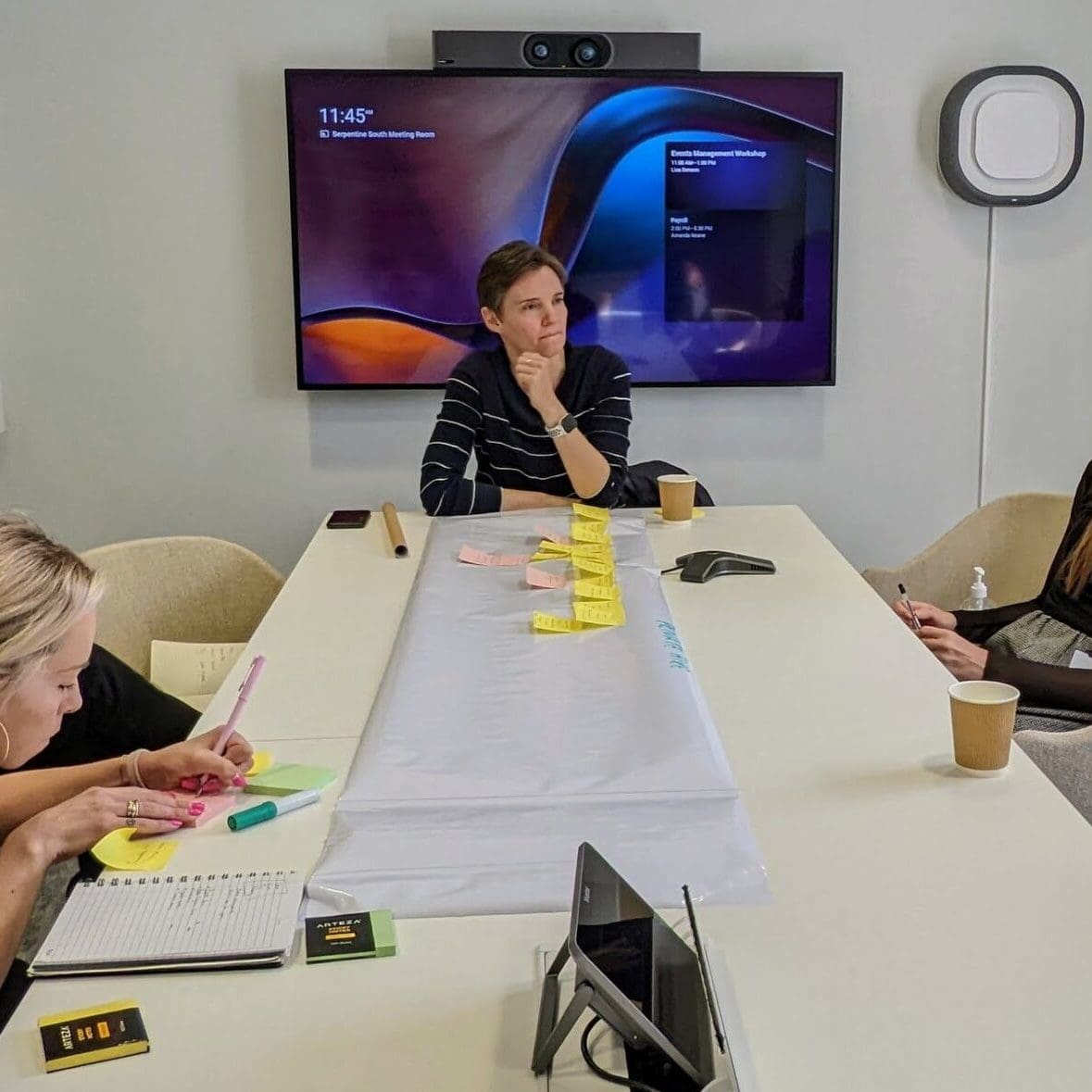Salesforce Community for grant management
A growing number of our grant-making customers are choosing Salesforce Community Cloud to engage with their grant applicants, grantees or external assessors. So what is a community? It is like an extension of your Salesforce org that allows users to log in and interact and have selected access to data and functionality.

What are the benefits?
- Engage instantly with applicants via Chatter to answer application-specific queries or request more information
- Allow grant applicants and grantees to view the entire funding history for their organisation and manage related contacts
- Embed data capture forms to submit information throughout the grant lifecycle including application forms, progress monitoring forms and assessment forms
- Share access to related requirements or conditions with due dates and allow grantees to submit forms and documents when they are due
- Manage an online knowledge base to share up to date grant terms and conditions, specific programme information and criteria
- Invite external assessors to view assigned application details and related files and submit their assessment
If you are a grant-maker considering a Community, there are some key considerations to think about:
Which type of licence do you need?
There are different levels of community licence type depending primarily on what you want to share with community users (data objects, files, reports etc) and the complexity of data sharing rules. There are different costs associated with each licence type so it’s important to consider what you need each audience to be able to do and see – you can have a combination of different community types. Your Salesforce Account Executive or your trusted partner can work with Salesforce to provide a quotation for community licences based on the type, licence model and anticipated annual volumes.
Which licence model should you choose?
There are 2 options and you can have a blend of both types. The key consideration is how many times the grant application / grantee is likely to log in throughout the course of the funding which can be difficult to predict. If you are unsure, you can start with an estimated number of log ins per month and review the model after 12 months.
Member based
Works like a standard Salesforce internal licence. External users with a member-based licence are able to access a community as many times as they want. This model is most suited where the same external contacts will be logging in continually.
Log in based
You estimate/ purchase a specific number of logins to be used every month over a 12 month period. External users associated with that licence consume one login each time they log into a community (logging in multiple times during the same day still only consumes one daily unique login.
How and when to set up new community users?
This question has both cost and internal capacity implications.
- If you have a 2 or multiple stage grant application process, do you want grant applicants to be set up as soon as they submit their stage 1 / expression of interest or once they are invited to stage 2? If you are using the log in based licence model then a high volume of applicants (particularly if there is a high % of unsuccessful ones) may not be cost-effective.
- Do you want to control the set up of community access manually or automate the process based on a record change? (for example a funding request status is changed or a new external assessor is assigned to review an application). It makes sense to automate the process provided that the criteria is locked down as this can be a time-consuming process if volumes are significant.
How should users enter information?
Community users can be given permissions to edit Salesforce records in the same way that an internal user would. However, this is not always practical or user-friendly when it comes to the submission of grant application information. Data capture forms easily can be incorporated into a community and the 2 most common solutions that we implement are:
- Embed forms created and mapped using a third party form tool such as FormAssembly – data can be pre-filled from related records and non-developers can configure and map forms
- Embed a flow component with data capture fields using native functionality with flexible formatting options -this does require slightly more technical skills so bear this in mind when considering ongoing maintenance
How will the community look in terms of design?
It’s important that the styling and navigation makes it as intuitive as possible for the external party to engage. In terms of the look and feel of the community pages, we recommend that you start with prebuilt themes and add your own branding. There are a wide range of templates to select from and it is easy to add your own images and styling. You do have the option to fully customise the design based on your existing CMS but be aware that this may require more ongoing maintenance. Using Lightning components, you can further simplify and enhance the user experience.
So in summary, a Community can be a fantastic way for grant-makers to a) increase their level of engagement with external parties throughout the funding lifecycle and 2) provide real-time visibility of the 2-way information to be exchanged.






